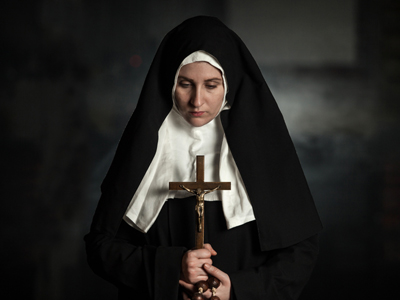
Medicine: Medical Renaissance In The Early Modern Period
This History quiz is called 'Medicine: Medical Renaissance In The Early Modern Period' and it has been written by teachers to help you if you are studying the subject at senior high school. Playing educational quizzes is one of the most efficienct ways to learn if you are in the 11th or 12th grade - aged 16 to 18.
It costs only $12.50 per month to play this quiz and over 3,500 others that help you with your school work. You can subscribe on the page at Join Us
In senior high school, History students will examine the world of medicine and the advancements that have been made over time. The Renaissance, the early part of the modern era, is one period that will be looked at.
Ready for more?
not all...
quizzers. Try to win a coveted spot on our Hall of Fame Page.







